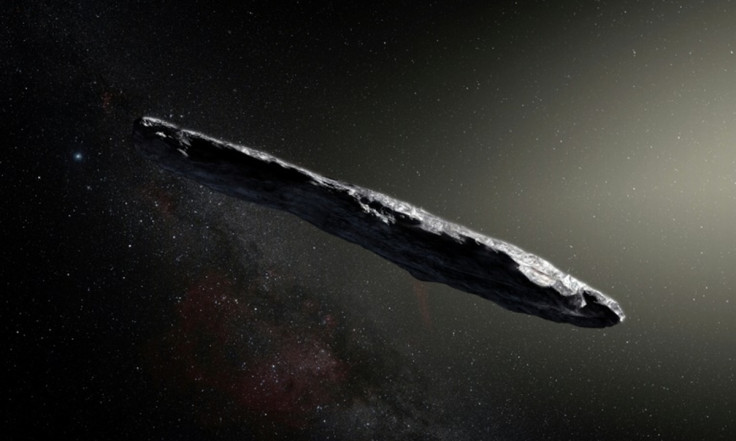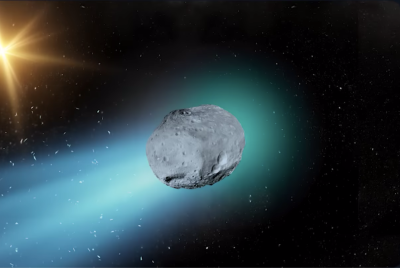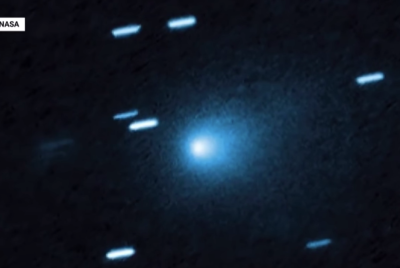3I/ATLAS NASA Leak: Insider Reveals Interstellar Comet Has 'Active Manoeuvring' - Alien Implications Plus More
Scientists weigh in as viral video claims interstellar comet shows control

A viral TikTok video has reignited online debate about extraterrestrial life after claiming a NASA insider revealed that interstellar Comet 3I/ATLAS shows signs of 'active manoeuvring'. The clip, posted by @platet_earth, suggests the comet is not behaving like a natural object.
As the video circulates across social media, astronomers are working to separate speculation from science. According to a detailed report from Live Science, 3I/ATLAS is the third interstellar object ever observed in our Solar System. It was first detected on July 1, 2025, by the Asteroid Terrestrial-Last Alert System, or ATLAS.
What Makes 3I/ATLAS So Unusual
Comet 3I/ATLAS reached its closest point to the sun on 29 October, about 210 million kilometres away. That's roughly 1.4 times the distance between Earth and the sun, placing it on the opposite side of the Solar System from us. For weeks, the sun blocked the comet from our view, but ground telescopes have now resumed observation.
Scientists say 3I/ATLAS is special not because of alien manoeuvres, but because of its age and composition. Research suggests it could be more than seven billion years old, making it older than the Solar System itself. Its carbon dioxide levels are unusually high, and its nickel-to-other-elements ratio differs from most comets observed nearby.
These findings could offer clues about the chemistry of the distant system where the comet formed. Researchers believe studying it might reveal how other planetary systems evolved long before ours came into existence.
The Problem with Alien Speculation
Astronomers caution that premature claims about extraterrestrial control can distract from meaningful discoveries. The 'alien question' often surfaces when mysterious space phenomena appear, but history shows how easily such theories spread without evidence.
Live Science points to similar speculation that followed the discoveries of 'Oumuamua and Comet 2I/Borisov. Even earlier, in 1967, scientist Jocelyn Bell Burnell jokingly labelled a newly found radio signal 'LGM 1', short for 'Little Green Men'. Although she never believed it was of alien origin, the story gained attention due to its sensational nature.
Experts stress that making extraordinary claims requires extraordinary evidence. Not every unexplained behaviour points to intelligent life. The data available so far do not show any propulsion or trajectory changes that would suggest control.
Why 3I/ATLAS Still Matters
Despite the debunking of alien theories, 3I/ATLAS remains one of the most intriguing cosmic visitors ever recorded. Its unusual composition and long journey through space provide a chance to understand how matter evolves between star systems.
Astronomers plan to continue monitoring it using both ground telescopes and spacecraft such as the European Space Agency's Mars Express, ExoMars Trace Gas Orbiter, and Jupiter Icy Moons Explorer. These missions will help gather detailed readings without relying on speculation.
The Importance of Scientific Curiosity
The fascination with alien life is understandable, but scientists say curiosity should lead to patience, not panic. As one astronomer quoted by Live Science explained, being comfortable with 'uncertainties, mysteries and doubts' is part of what drives discovery.
Comet 3I/ATLAS might not prove the existence of aliens, but it offers something equally exciting: a rare glimpse into material older than our Sun. And that, according to researchers, could tell us far more about the universe than any viral video ever could.
© Copyright IBTimes 2025. All rights reserved.




















